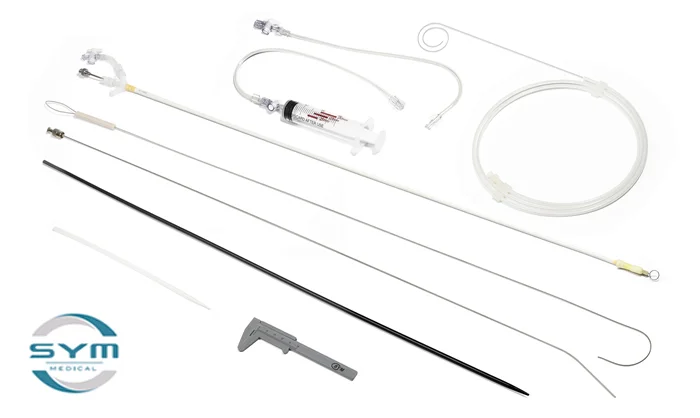
Percutaneous Balloon Mitral Valvuloplasty
Percutaneous balloon mitral valvuloplasty is a procedure used to dilate the mitral valve in the setting of rheumatic mitral valve stenosis. A catheter is inserted into the femoral vein, advanced to the right atrium and across the interatrial septum. Then, the mitral valve is crossed with a balloon that is inflated to relieve the fusion of the mitral valve commissures effectively, which acts to increase the mitral valve area and reduce the degree of mitral stenosis. Mitral regurgitation is a potential complication, and thus percutaneous balloon mitral valvuloplasty (PBMV) is contraindicated if moderate or severe regurgitation is present. The Wilkins score examines mitral valve morphology and is determined via echocardiography to assess the likelihood of using PBMV based on certain echocardiographic criteria.
Features
Finer balloon head
Larger filling range
Better targeting during operation

